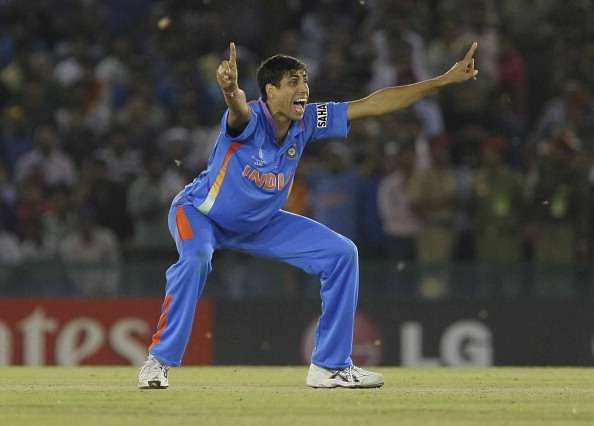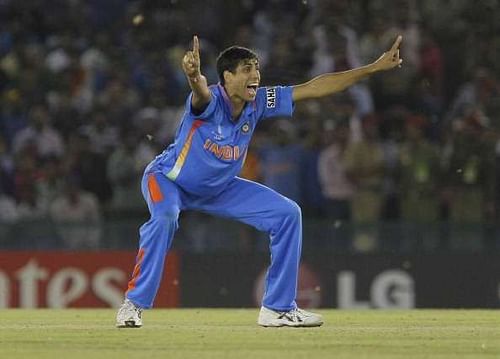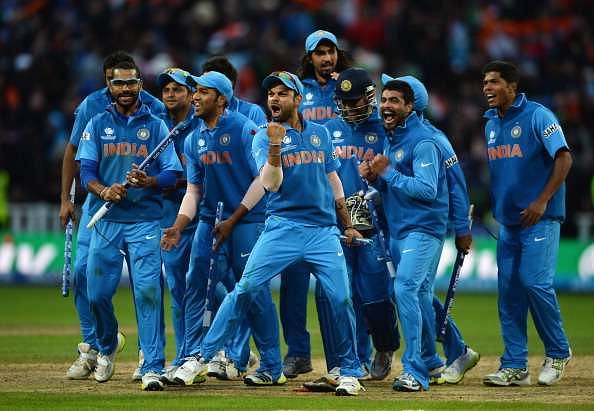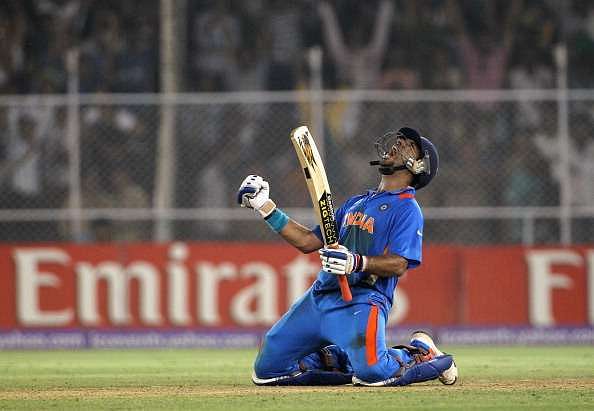
Of life, emotions, and the game we all love

While dwelling on the highlights of an India-England match a few weeks ago, a friend had observantly remarked on Ashish Nehra’s passionate appeals for leg before. Nehra has a curious lifestyle – as someone who reportedly considers smartphones as superfluous luxuries of the 21st century, Nehra’s distractions are unimaginably low.
That someone like him with his heart deep into the game would strive to wring himself dry every delivery of the over and appeal earnestly at the slightest possibility of hard work bearing fruit is understandable.
Over the years, the image of Nehra standing with his legs wide apart; back arched, and arms flailing in the air, showcasing his yearning more through his eyes and twisted cheek muscles than voicing them have provided many a comic release during the death overs of a nail-biting encounter. But Nehra doesn’t care. He never did.
Cricket has always been more than see-ball-hit-ball, regardless of what a certain former Indian opener might say. At its core, the game that has given life to countless talents and taken away as many of them remains a platform for sentiments, a play of emotions.
As a cricket writer, I am often troubled by my inability to accurately portray the simultaneous interplay of many abstracts within the confines of my vocabulary. The beauty of cricket lies in the neglected trivialities of the sport – in the smiles, grimaces, tears and hopeful faces of those in the thick of things.
Musing upon the delicate details frequently invites the dreaded hyperbole. Indeed, unsolicited exaggeration is off-putting at times, but then, what is sport without a bit of drama? What is writing without a hint of creative license? What is an article that fails to kindle the flames of forgotten emotions?
Writing is all about invoking emotions, just like reporting is all about presenting unbiased coverage through facts and figures. To ignore the storm ravaging the mind of a batsman stranded on 99, to overlook the metamorphosis of disbelief to self reproach after a fielder has dropped a catch, to disregard the silent inner battles of a veteran on comeback would be of tremendous disservice to the essence of cricket.
I vividly remember Amit Mishra cursing himself under his breath even after two overs after scalping off a no-ball what would otherwise have been a legal wicket. While Ravi Shastri inside the commentary box vehemently emphasised the ‘crime’ of spinners bowling no-balls, no words were spared on what might have been going on in between Mishra’s two ears. Thankfully, India went on to win the match. Had they not, Mishra would have had found himself on a plane of unanimous loathing and unforgiving malice.

On that day, his emotions had gone undocumented. Yet, they had been as pure and relatable as Virat Kohli’s joy on securing victory. Kohli, at just 28, is already an inspiring figure not only inside the Indian dressing room but beyond it as well. He is bold, confident, reliable, passionate and intriguing. Perhaps, that’s what makes him a favourite among fans, pundits and cricket writers alike.
Decoding the young man who had not shied away from scoring a match-saving 90 the day after his father’s demise is the ideal challenge for any writer. His zeal to win, his unflinching determination in the face of adversity, his self-confidence brewing with superhuman focus, his insatiable appetite for runs, his pressing desire for success, his unadulterated elation after scaling heights – his every mood is a novel delight for a cricket writer.
“Cricket is just an extension of life,” Harsha Bhogle had once observed. With all its tragedies, episodes of agony, unanticipated drama and shocking betrayals of trust interspersed between moments of success, laughter and entertainment, cricket indeed does seem so.
Few have endured the ups and downs of life like Yuvraj Singh. From being the man of the Natwest final to fighting cancer and coming back – his has been a journey that embodies the unpredictability of life. When this man broke down after scoring his first ODI century after six years, tears welled up in our eyes too. Nobody could have blamed even the most lyrical of cricket writers for choking up that night – such was the poignancy of the moment.
Yet, the greatest similarity between life and cricket probably lies in the eternal pursuit of happiness. A friend had once explained wistfully that we voluntarily struggle every day to make our lives better simply because we fail to appreciate or accept what is enough. It is our ravenous wanting for more that drives us relentlessly and timelessly to make our existence worthwhile.

Cricket is an objectification of principally these emotions. It is a unique blend of desire, passion, urge and ambition. Sometimes, it manifests through Nehra’s longing for a wicket, Kohli’s craving for a double century, and a minnow team’s hunger for success against the big boys.
Rephrasing Billy Beane, how can you not be romantic about cricket?
I had once read an argument that assumed the best cricket writers to have failed as cricketers at some point in their lives. In retrospect, that assumption appears to have at least a modicum of truth in its rationale.
It is unfathomably difficult, if not absolutely impossible, to entirely comprehend the trials and tribulations of a sportsperson unless you have been in his boots. The best cricket writers are able to bring out a unique perception of a cricketer’s life and present to the wider public, the less significant nuances in articulate details, only because they have once lived it all.
They understand, like none other, the actual proportions of blood, sweat and tears that go into moulding a successful cricketer. Through meticulously chosen words, they live the success that has eluded them, the accomplishments they have always wanted to be a part of.
Who said writing about cricket was boring?